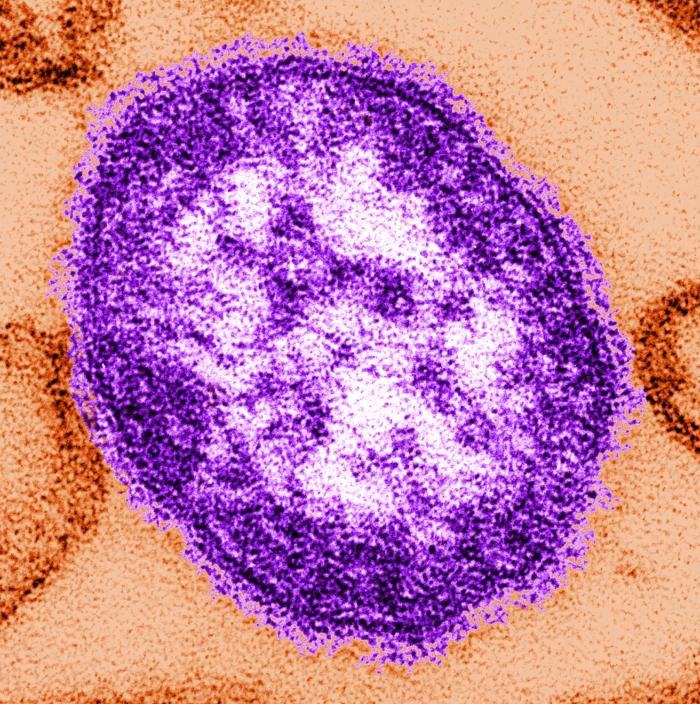When you’re sick, there’s a good chance that taking medication will help you feel better. But for many kids — and adults — trying to swallow a pill might only make them feel worse.
Though some pills come in small, smoothly coated forms, others can be large, powdery and oddly shaped. To make things worse, they may need to be taken throughout the day.
Pediatricians and parents alike have spent years trying to improve this process, to little avail, but a small new study in the journal Pediatrics has shown that a flavored spray, called Pill Glide, may make pill-taking a lot more flavorful — and maybe even enjoyable.
“There was a significant decrease in the difficulty of taking medicine with these sprays,” said Dr. Catherine Tuleu, a pharmaceuticals researcher at University College London, who conducted the research with colleagues at Great Ormond Street Hospital in the UK. “The kids liked to be in charge and to change the flavor.”
Adding some flavor
Pill Glide — made by FlavorX, which provided the sprays for the trial — is sprayed into the mouth to lubricate and add flavor to tablets and capsules to make them easier to swallow. It’s available in five flavors: strawberry, peach, grape, bubble gum and orange, with strawberry coming through as the favorite in the trial. Its ingredients include artificial flavors and sweeteners.
To test the spray’s effectiveness at making pills more bearable, Tuleu and her team tried it among 25 children ages 6 to 17 who were receiving long-term therapies for HIV or organ transplants and who were transitioning from liquid medication to solids or were known to struggle with swallowing pills.
“Traditionally, children are thought to be only able to take liquids,” Tuleu said. “(But) in the care system, we have to deal with solid forms.”
Tablets are cheaper, and easier to handle and store than liquid preparations and soluble tablets, so any way to make them more palatable has great appeal.
Keeping diaries, the study participants used a six-point scale to note the levels of difficulty they experienced when taking their regular tablets for two weeks and then using the Pill Glide sprays for one week. The final analysis was conducted on 10 children who had kept complete diary entries.
The flavored sprays were found to decrease the level of difficulty by a score of 0.93, almost one full level on the scale used by the team.
“It really helps the kids take their medication,” Tuleu said, stressing the importance of this in terms of the children then adhering to their therapy and ultimately getting better. “It could be a long-term gain, even in adult behavior.”
“The swallowing of medicine in the form of pills often poses a real challenge for a good many children, making this study of definite interest,” said Dr. Laura Jana, a pediatrician and director of innovation at the University of Nebraska Medical Center College of Public Health, who was not involved in the research. “Something as seemingly simple as improving the taste and ease of swallowing a pill can have a significant impact on the proper and effective use of medicines.”
“It’s another thing you can try,” added Dr. Robert Scott-Jupp, a consultant pediatrician at Salisbury District Hospital in the UK who sees his patients struggle when taking their meds, especially those with chronic conditions. “A lot of children we see have to take pills because there is no liquid form available,” he said. “(The) children don’t like it and find it difficult.”
Scott-Jupp admitted that Pill Glide was new to him, but he sees how it could improve an unpleasant experience.
“The alternative is, you crush it up or disguise it in something, and those are unsatisfactory alternatives,” he said.
What are the alternatives?
Scott-Jupp gets his patients to practice swallowing using small sweets, eventually working up to bigger ones. Another tactic is to hide pills in yogurt or ice cream. “You hope they don’t notice, but they usually do,” he said.
Another approach is behavioral therapy with children, in which therapists try different approaches such as tilting their heads or drinking large glasses of water. Scott-Jupp highlights that resources are not always available to do this with every child, and something as simple as a spray could be more feasible, as long as it’s also affordable. Prices start at $6 in the United States.
The trial was, however, extremely small by scientific standards and needs more insight before widespread recommendations can be made.
“It’s a very small trial, and they worked with children from a specialized clinic,” Scott-Jupp said. “How this will be generalized to other areas, I don’t know.”
“It’s certainly worth noting that this was a preliminary look at the ease (or difficulty level) of pill swallowing that relied on children’s subjective report (diary), and with a small number of children,” Jana said. “Also important to note that the age range was age 6 to 17 (i.e., not younger children).”
Tuleu acknowledges these limitations, and in addition to trying Pill Glide among larger groups, she wants to test its benefits in children who are less familiar with taking pills and who start out on solid pills, rather than transitioning from liquids.
“It would be interesting to try it with more naïve patients,” she said. “If swallowing is not the challenge anymore, giving medication could be a lot easier.”



